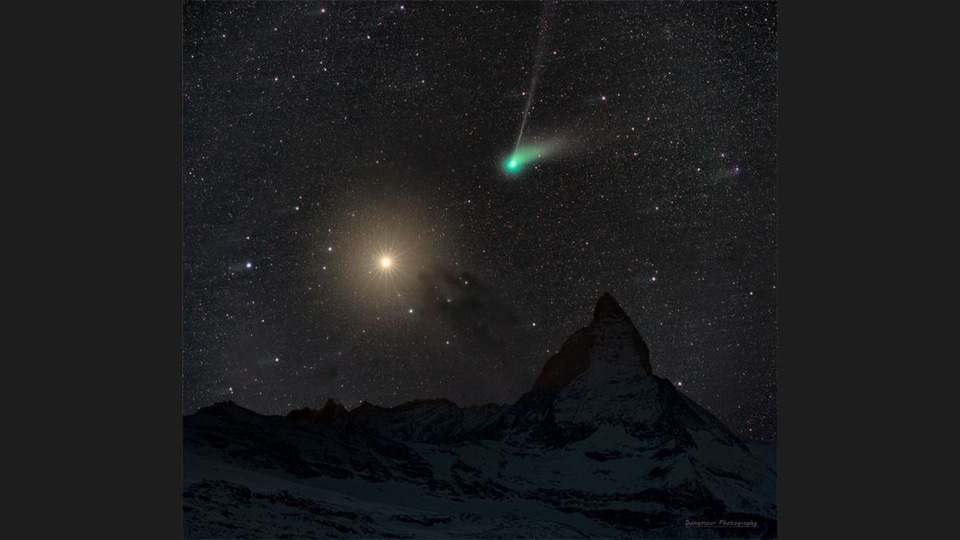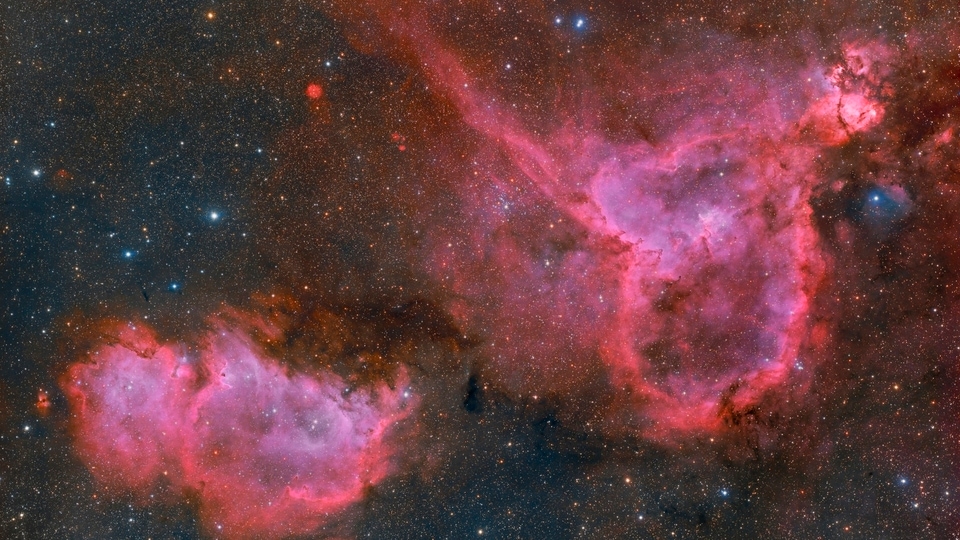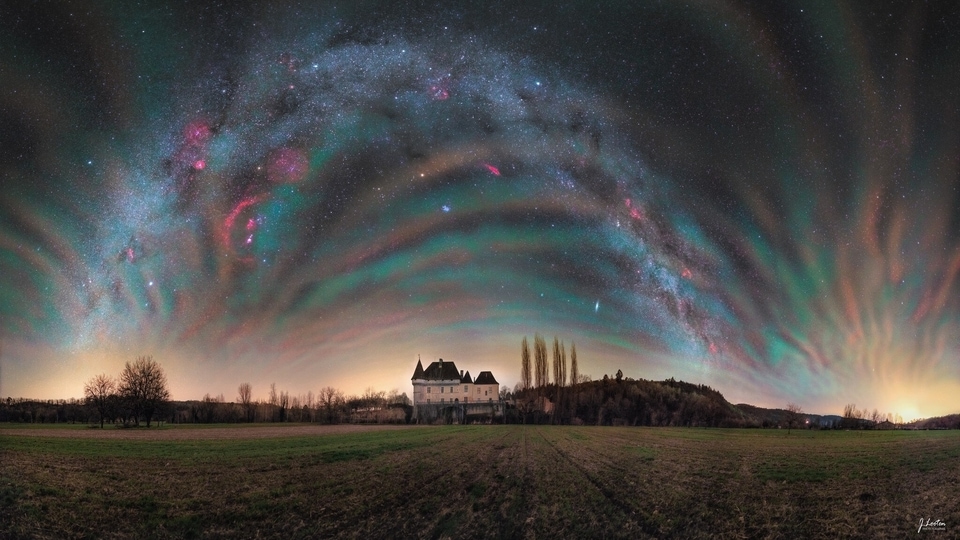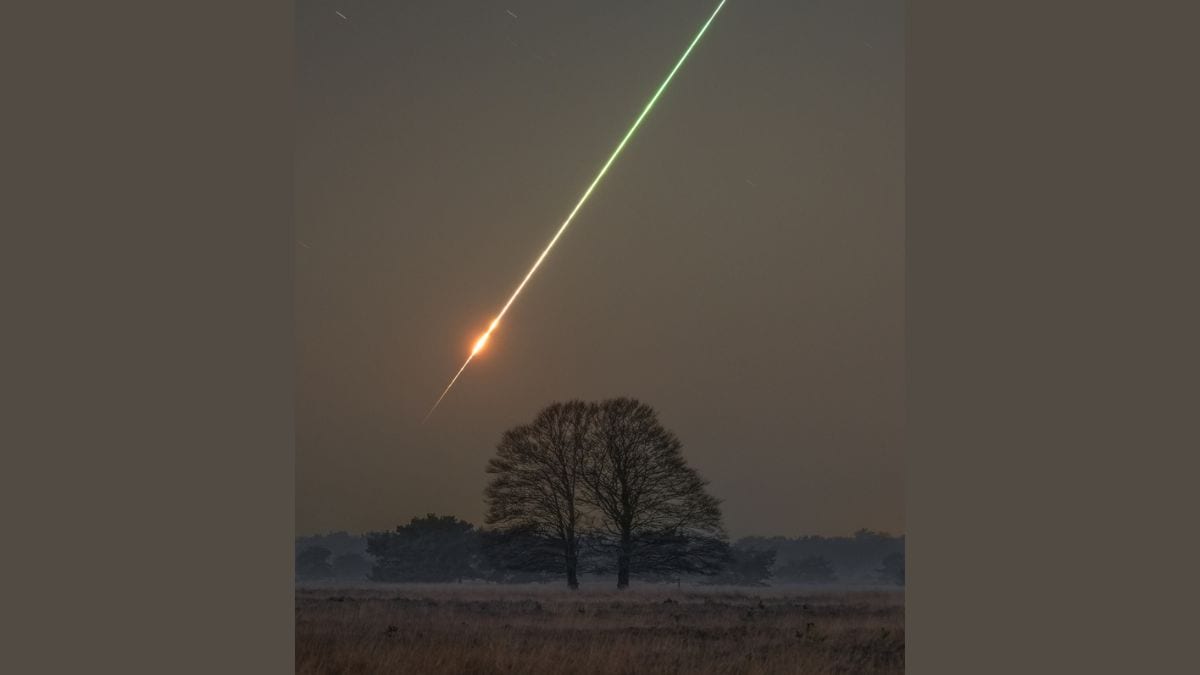NASA Astronomy Picture of the Day 20 February 2023: Hubble snaps Stellar double Star Cluster
NASA's Astronomy Picture of the Day is a stunning snapshot of the double Star Cluster NGC 1850 located 160,000 light-years away from Earth.






 View all Images
View all ImagesNASA Astronomy Picture of the Day 20 February 2023: Our universe is illuminated by trillions of stars in the sky. These bright objects are formed in a giant cloud of dust and gas in space, known as a Nebula. After formation, many stars form groups from the same Nebula, forming a Star Cluster. Star clusters can contain as few as ten stars or as many as millions of stars. Sometimes, sky watchers might confuse star clusters in our own Milky Way Galaxy with clusters in other galaxies due to their similar appearance.
One of these star clusters is NGC 1850, which makes NASA's Astronomy Picture of the Day. It is a 100-million-year-old globular star cluster located 160,000 light-years away in the constellation Dorado. What's unusual about this star cluster is its size and shape is reminiscent of the other ancient star clusters in the Milky Way Galaxy. However, this double star cluster is not present in our galaxy. Instead, it belongs in the Large Magellanic Cloud.
NGC 1850 is a spherical collection of densely packed stars held together by mutual gravitational attraction. Unlike most globular clusters, however, the stars of NGC 1850 are relatively young. Globular clusters with young stars such as NGC 1850 are not present in our own Milky Way galaxy.
The picture was captured by the Hubble Space Telescope, which is run by NASA and ESA in collaboration. This proves yet again that the space telescope might be old, but it is still capable of capturing breathtaking images of celestial objects located even millions of light-years away.
NASA's description of the picture
There is nothing like this ball of stars in our Milky Way Galaxy. This is surprising because, at first glance, this featured image by the Hubble Space Telescope suggests that star cluster NGC 1850's size and shape are reminiscent of the many ancient globular star clusters which roam our own Milky Way Galaxy's halo. But NGC 1850's stars are all too young, making it a type of star cluster with no known counterpart in the Milky Way. Moreover, NGC 1850 is also a double star cluster, with a second, compact cluster of stars visible here just to the right of the large cluster's center. Stars in the large cluster are estimated to be 50 million years young, while stars in the compact cluster are younger still, with an age of about 4 million years.
A mere 168,000 light-years distant, NGC 1850 is located near the outskirts of the Large Magellanic Cloud galaxy. The glowing gas filaments across the image left, like supernova remnants in our own galaxy, testify to violent stellar explosions and indicate that short-lived massive stars have recently been present in the region.
Catch all the Latest Tech News, Mobile News, Laptop News, Gaming news, Wearables News , How To News, also keep up with us on Whatsapp channel,Twitter, Facebook, Google News, and Instagram. For our latest videos, subscribe to our YouTube channel.





























